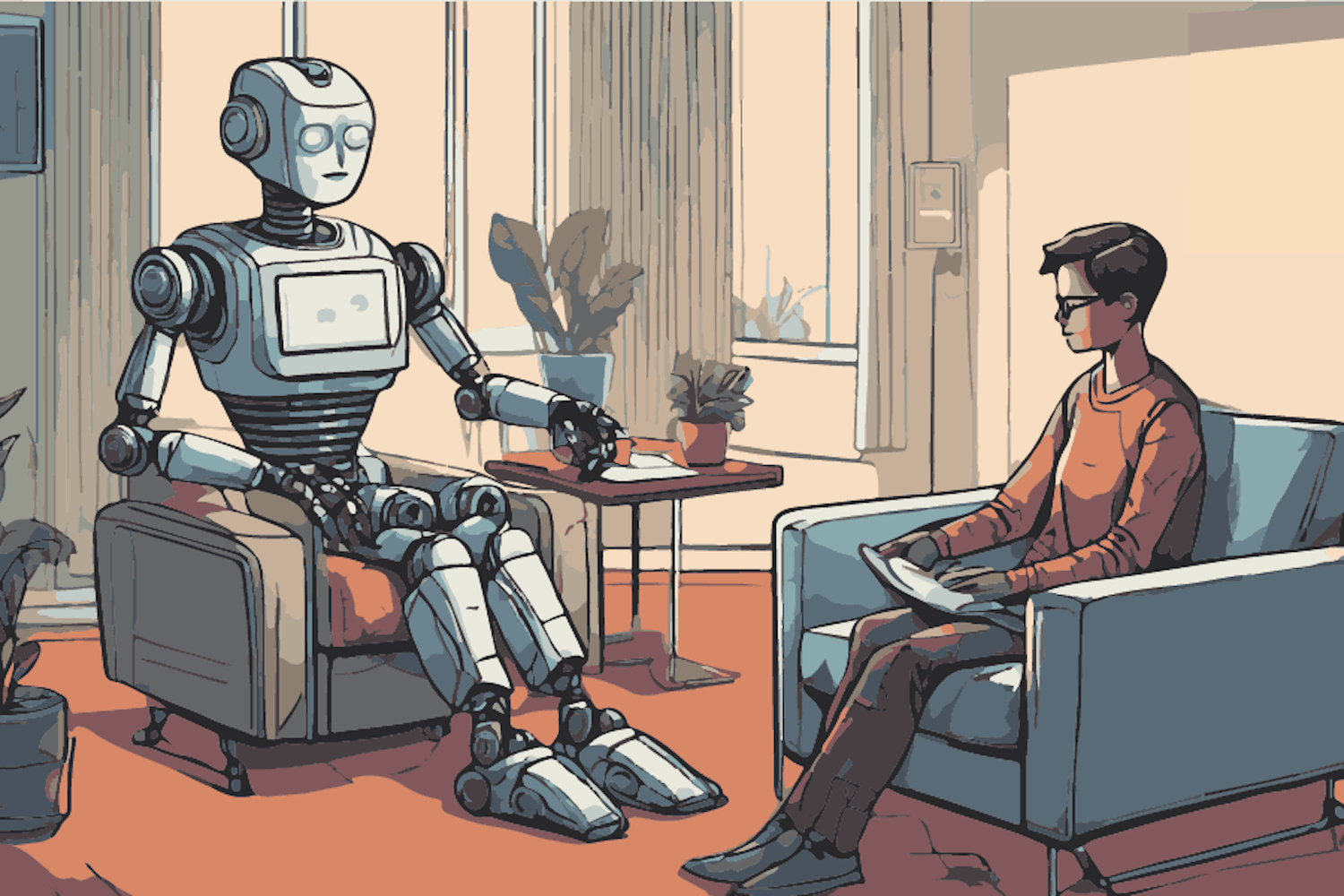From its humble origins of in the Czech language as a synonym for drudgery and servitude, the word “robot” has built for itself quite a penchant to strike terror in human hearts.
Helped along in no small measure by authors and filmmakers eager to leave their impression on advances in technology, the world has come to view robots with awe and concern.
Any sufficiently advanced development related to robots is regarded with suspicion. Influential commentators in the field, like Ray Kurzweil and Vernor Vinge, have put forward the notion of a “technological singularity,” an event where technology exceeds the limits of human intelligence and renders it near impossible to predict models of the future.
This idea has served to further the chasm between robotics as a science and the perception of advances in this area. Hardly a day passes without a report in some major news outlet about such advances. The frequency of these reports may even be a contributing factor in the general apathy surrounding such announcements — people are easily desensitized to repeated reports of progress.
Robotics has reached a stage where there are now deployed systems used to provide assistance for children in schools. Robotic agents are also being developed for use in tasks that are infeasible or dangerous for humans to take up, like rescue scenarios and use on the battlefield.
Japan has been at the forefront of developing robots that can interact with humans and integrate themselves into the fabric of society.
With a rapidly aging workforce and a declining rate in the growth of its population, it is imperative to invest in automated systems and agents that can ensure the continued growth of the country’s economy.
The arguments and issues that surround robots are certainly not new. In a 1974 letter, science fiction author Ray Bradbury made the point that the fear of robots is unfounded, and that they are simply machines created by humans. Bradbury compares robots to projectors at movie theaters; the images that flash on the cinema screen are put into the projector by humans and are a rendering of the truths encoded in that machine.
Bradbury’s central thesis is that it is not robots we should fear, but the people who design them and put them up to the tasks they are capable of.
This is not to say that there aren’t problems to be addressed as we build increasingly complex automated systems with increased faculties of reason and enhanced modes of action.
One of the most important ramifications of advances in artificial intelligence is on social responsibility — what entity should be held responsible for lapses on the part of a robotic agent?
A simple solution may be to deal with the robot in the same manner as a piece of faulty machinery and issue a recall and initiate action against its creators. However, this takes us into the murky territory that is the anthropomorphism of robots, and the issue of robot rights and welfare.
What this issue really boils down to, then, is our perception of robots and other automated agents — do we want to afford them the same rights and fears we do other humans, or just look upon them as machines that simplify daily life?
Kartik thinks ASU could use an AI club. Join him at kartikt@asu.edu



